What one hundred years of design tells us about 21st century living
The legacy of post war innovation continues to inspire new audiences
The legacy of post war innovation continues to inspire new audiences
If there’s a lesson to be learnt from working from home, it’s that the benefits of the ergonomic chair are real. And we have a man called Bill Stumpf to thank. A key designer with iconic American furniture manufacturer Herman Miller, he joined in the early 1970s tasked with designing furniture for the modern office.
The chairs Stumpf designed, including the Aeron – the office chair by which all others are now judged – join a long line of exemplar designs from Herman Miller, which celebrates its centenary this year.
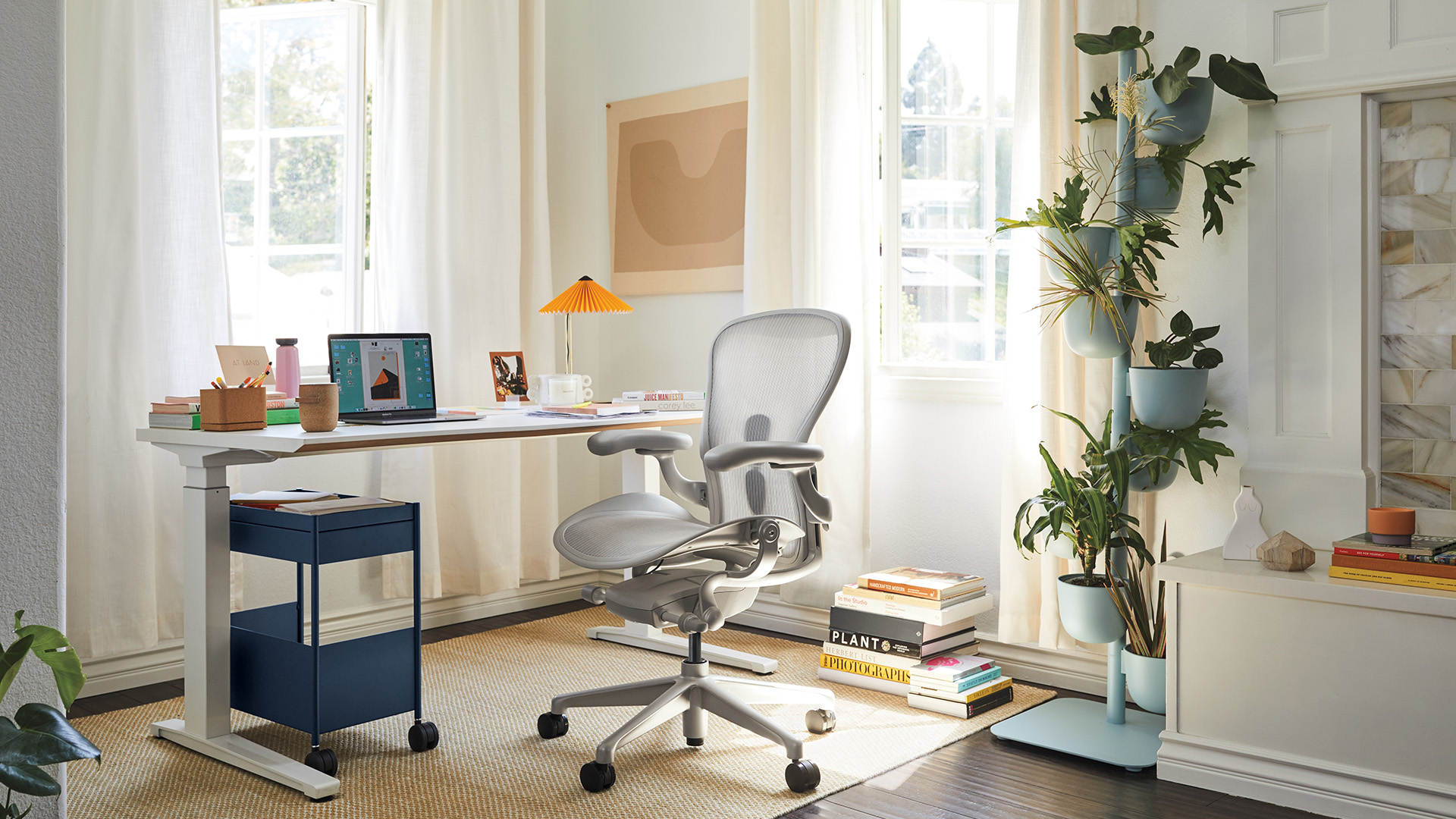
Founded in 1923 when DJ De Pree bought the Star Furniture company and renamed it in honour of his father in law, Herman Miller started to hit its stride as a business in the 1940s when De Pree found himself in need of a new design lead.
In 1945, he hired the up-and-coming designer George Nelson who released the platform bench in 1946. A year later Nelson helped De Pree recruit Charles and Ray Eames following the exhibition of their groundbreaking moulded plywood furniture.
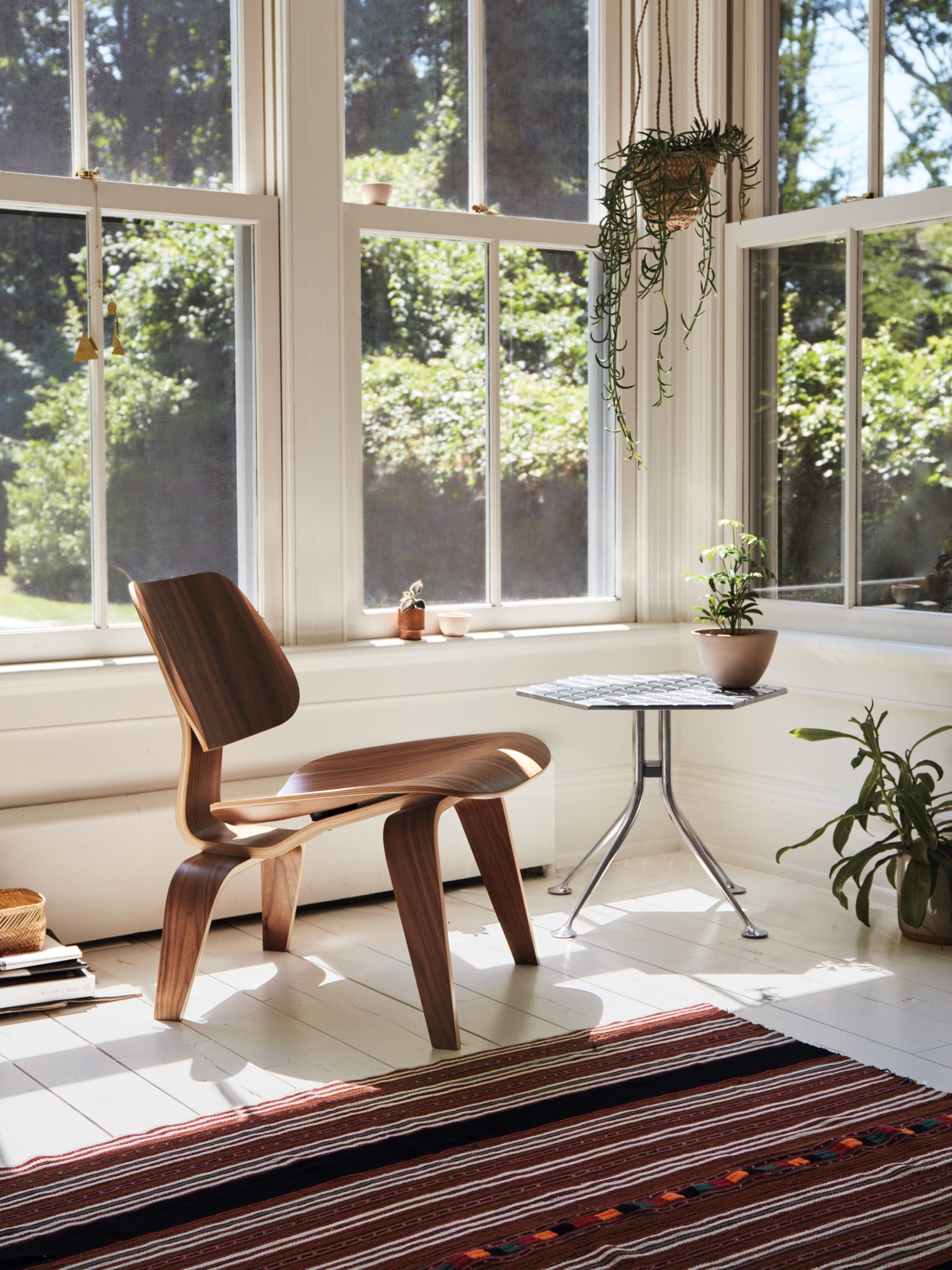
By the early 1950s, the Eames’ research into new materials like fibreglass culminated in the release of the world’s first moulded fibreglass chairs, the popular shell chair still in demand today.
After the success of his platform bench, Nelson went on to design the Marshmallow lounge, as well as his perennially popular range of lights, including the Bubble, Cigar and Saucer pendants.
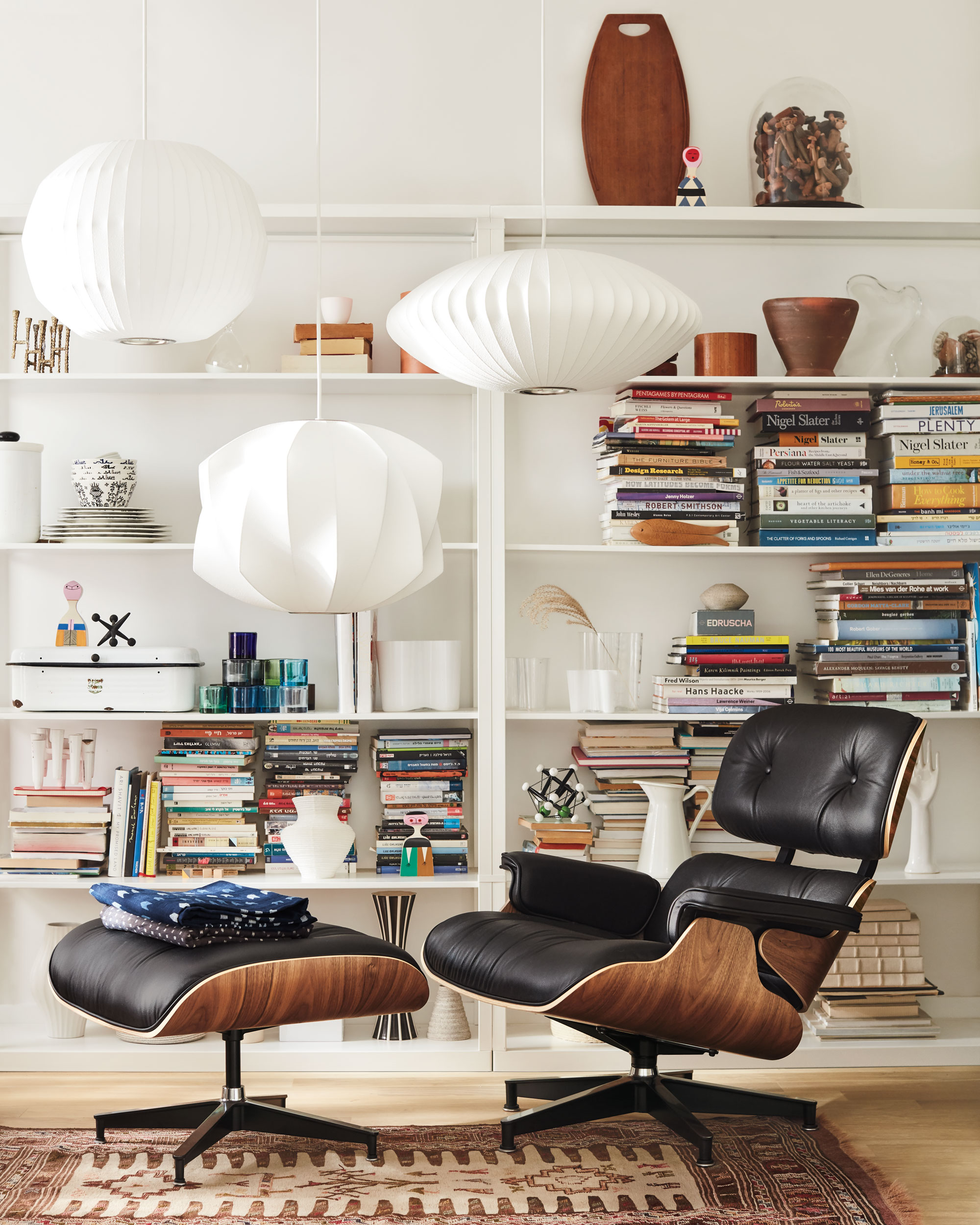
Subsequent designs to hit the market included the Eames Hang it All, with its distinctive ball-shaped hooks, and, perhaps the best known of Herman Miller’s chairs, the Eames lounge chair and ottoman, which took its inspiration from a baseball catcher’s mitt. An instant classic, the chair is now in the permanent collection at New York’s Museum of Modern Art.
Frank Di Giorgio, director at Living Edge, which is the main distributor of Herman Miller furniture in Australia, is the proud owner of an Eames lounge and ottoman, which is on display in the Sydney showroom.
“I bought it in the 70s and it’s one of the most comfortable chairs, although no one’s really allowed to sit in it now because it’s on show,” Di Giorgio says. “It’s a design that gets better with time.”
As with all their designs, the lounge chair and ottoman was the result of years of research and design by Ray and Charles Eames. This approach to design is part of the company’s DNA. It is perhaps most evident in the ongoing development of their office furniture systems, initially developed by Nelson and Robert Propst, who joined in 1956. The pair worked together to create the Action Office system of freestanding units. Stumpf joined later, initially working under Propst.
Before the advent of Stumpf’s Ergon chair, released in 1976, there was little to no understanding of the idea of comfort in the quickly evolving world of the modern office.
Based on detailed research into the human body, the Ergon (short for ergonomic) became the blueprint by which all other office chairs were measured in terms of comfort as well as efficiency.
Stumpf later went on to design the hugely popular Aeron chair for Herman Miller in 1994, which has been copied or modified so often that its skeletal frame and stretched mesh body have become synonymous with office furniture and fitouts.
Di Giorgio says the Aeron caused quite a stir when it was released.
“I remember when the Aeron came out and everyone wanted to know where the fabric was because the seat was made only of mesh,” he said. “Now every office chair has a mesh seat. It changed the perception of office chairs.”
Given the sustained popularity of the Herman Miller range now, it’s hard to fathom that several designs, including the Hang It All, the Marshmallow sofa and Nelson platform bench were discontinued in the 1960s. However, they were among a slew of designs reissued in the 1990s as new audiences fell in love with their minimalist, mid century lines. Sadly, with the surge in popularity have come a tsunami of imposters. Di Giorgio says the replica pieces have little in common with the genuine article.
“It’s easy to create a silhouette without understanding what has gone into the product,” he says. “If people want authentic design, they need to understand the product and the trials and tribulations that go into that piece.
“The pieces are not right if the materials are not right.”
He says government legislation in Australia that allows copied designs to be sold as long as they are referred to as ‘replica’ still has a way to go to catch up with other areas of design.
“They don’t let people sell fake Gucci bags but they let (something similar) happen in furniture,” he says. “Even being able to call products by their name with ‘replica’ in front of it is problematic.”
However, he says as the appeal of the Herman Miller range endures, customers are becoming more educated about the design legacy. Indeed, thanks to the growing ‘work from home’ model, demand for a reliable, comfortable office chair is stronger than ever.
“Those new hybrid systems (of working) are not going away and people need to be supported at work and at home,” he says. “Ergonomics is just as important at home, and as we are allowing people to work from home, we need to make sure we support and set them up correctly at home and at work with desk chairs.”
While the upfront cost often puts pieces into the ‘investment’ category, it’s a ‘buy once, buy well’ model that Herman Miller and Living Edge extoll.
“Those chairs have a 12-year warranty because (Herman Miller) stand by their product,” Di Giorgio says. “The sustainability is taken into account as well – they recycle components at Herman Miller.
“You’re still finding a lot of those chairs around.”
That kind of result speaks for itself.
Miles from home and in lockdown with family, the designer took inspiration for his new sofa from an unlikely source
While the rest of the world was hunkering down in 2020 as the reality of COVID set in, Gabriel Tan was moving house — halfway around the world.
The Singaporean designer and his heavily pregnant wife Cherie Er relocated with their five-year-old son to Porto, on the coast of Portugal. It was a bold move given Tan had an established studio in Singapore, but the couple decided it was worth the risk to be in the heart of the design centres in Europe and the US.
“It was difficult because we had a good business in Singapore and my wife had a really good job — she was running the Asia Pacific sales for Credit Suisse,” he says. “We threw everything in the basket and moved to Portugal.
“We decided that this design business has to work.”
For more stories like this, order your copy of Kanebridge Quarterly magazine here.
By the time Tan, who decided on a career in design while doing his national service in the navy, left for Portugal, he was already a name in Singapore and Japan, first with Outofstock, which he started with two friends, then his own studio before working with Japanese brand Ariake.
“I met them when they were still doing contract manufacturing and they were a local brand that wasn’t even known in Tokyo,” he says. “Originally the plan was just for me to design a few products for them. I told them that’s not going to move the needle for them if you are just going to add my products to your current collection so I suggested something more ambitious.
“I kind of appointed myself as the creative director.”
Origin story
The experience with Ariake spurred Tan onto build his own brand, Origin Made, designing products and taking on interior design projects, but he was keen to continue to extend himself.
Over time, living and working in a country of 5.5 million people was beginning to feel limiting.
With more of his time and attention being directed towards brands in Italy, Scandinavia and the United States, it made sense for Tan to make a permanent move to a location with easier access to Europe as well as North America. It was also an opportunity for a fresh start in design terms.
“I felt I was getting pigeon holed a little bit before COVID because people felt my work was very minimalist Japanese/Scandinavian, but it was because I was designing for Japanese clients,” he says. “When you work with a company, it is 50 percent them and 50 percent you. You bring part of yourself but at the same time, you can’t ignore the brand, their culture and their customers.”
Life in lockdown
Like much of the rest of the world, Portugal was in lockdown when Tan and Er arrived and their rental accommodation was not entirely comfortable for the family. As some work dried up in Singapore, Tan found himself with time to think.
“We were spending a lot of time in front of the TV and we were all wishing we had a more comfortable couch in our apartment,” he says.
“I was still waiting for my home to be finished construction so we were in a very uncomfortable spot.
“I really prioritised comfort when I was designing this sofa so I really went for it and tried to think ‘what is the craziest, most comfortable form we could get’.”
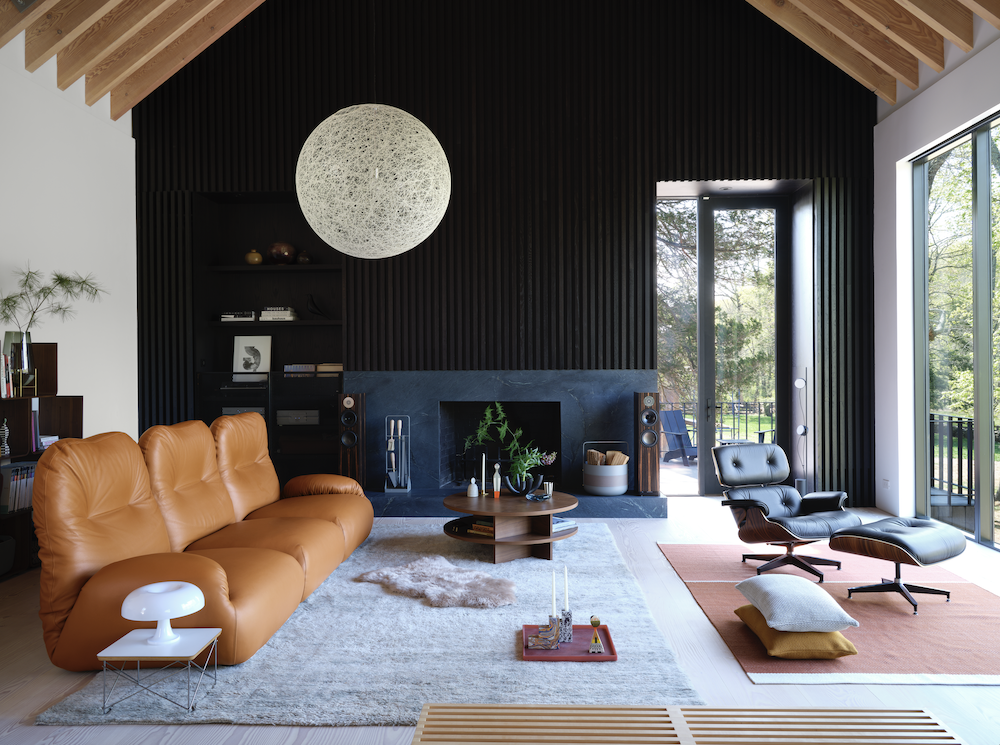
The sofa is the Luva (Portuguese for glove), a modular design taking its inspiration from Japanese futon beds and western boxing gloves. The backrest has the ability to extend for full lounging or to fold down to create a ‘fist’ for more support. It’s a deliberate attempt at cross cultural pollination.
“You have the eastern influence of the futon and the western sport of boxing and I tried to get an aesthetic that different cultures would be familiar with whether they are from Asia, Europe or the US,” he says. “You will find this shape is familiar to you and you will be naturally drawn to it.”
Build your own
While the lounge is in keeping with a contemporary aesthetic and comfort levels, it also embodies the practicality that is an integral part of Tan’s approach. Each piece is available individually, allowing the user to ‘build’ the lounge to suit their needs, whether they live in a large house or a small apartment.
“I have lived in apartments all my life,” he says. “You can see how narrow the stairwells can be, and you have to carry the sofa up.
“Whenever we are doing interior design for clients we know the consideration when you’re buying a sofa. If it’s modular, if you can get it through doorways and narrow hallways, it’s going to be much easier to convince the client to buy.”
It’s also a design that the user can add to over time, extending the usefulness and longevity of the sofa. Tan took it to product design director at Herman Miller, Noah Schwarz, who was quick to recognise its applications.
“He would often ask what I was working on so I showed him this sofa and immediately he was like ‘this could be something for us’,” says Tan.
“He thought it might be something for the MillerKnoll group but which brand he couldn’t tell yet.
“But he said ‘definitely don’t show it to other people’.”
The Luva has since been joined by the Cyclade tables, a trio of coffee and occasional tables designed to work equally well together or singularly. Other collaborations have followed, including work with major European brands such as B+B Italia, Menu, Abstracta and Design Within Reach while still maintaining his Singaporean office.
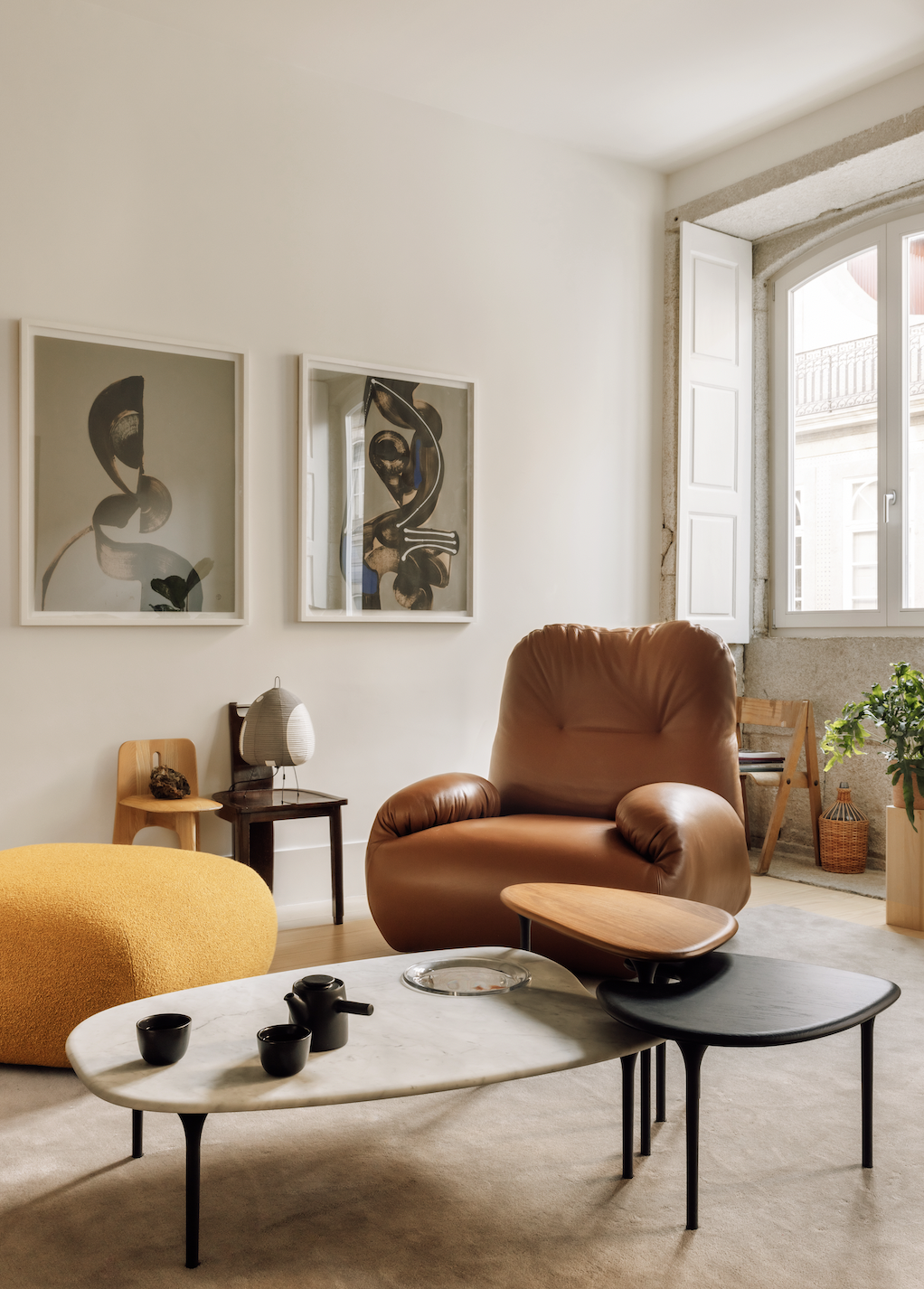
Cutting down travel times has meant more time on the ground.
“Here I travel quite a lot to meet with different companies I am working with and that helps because to me these distances are super short,” he says. “For designers living in Europe they might not want to go to Denmark because it’s a 3.5 hour flight but to me, even if I have to transit, five hours is no problem.”
Leap of faith
Although the move to Europe was risky, Tan has no regrets. While he admits his Portuguese is still a work in progress, his two sons (Er delivered a baby boy not long after arriving in Portugal) are quickly learning the language and the family has now moved into a traditional townhouse, which Tan has renovated, and where their office is based.
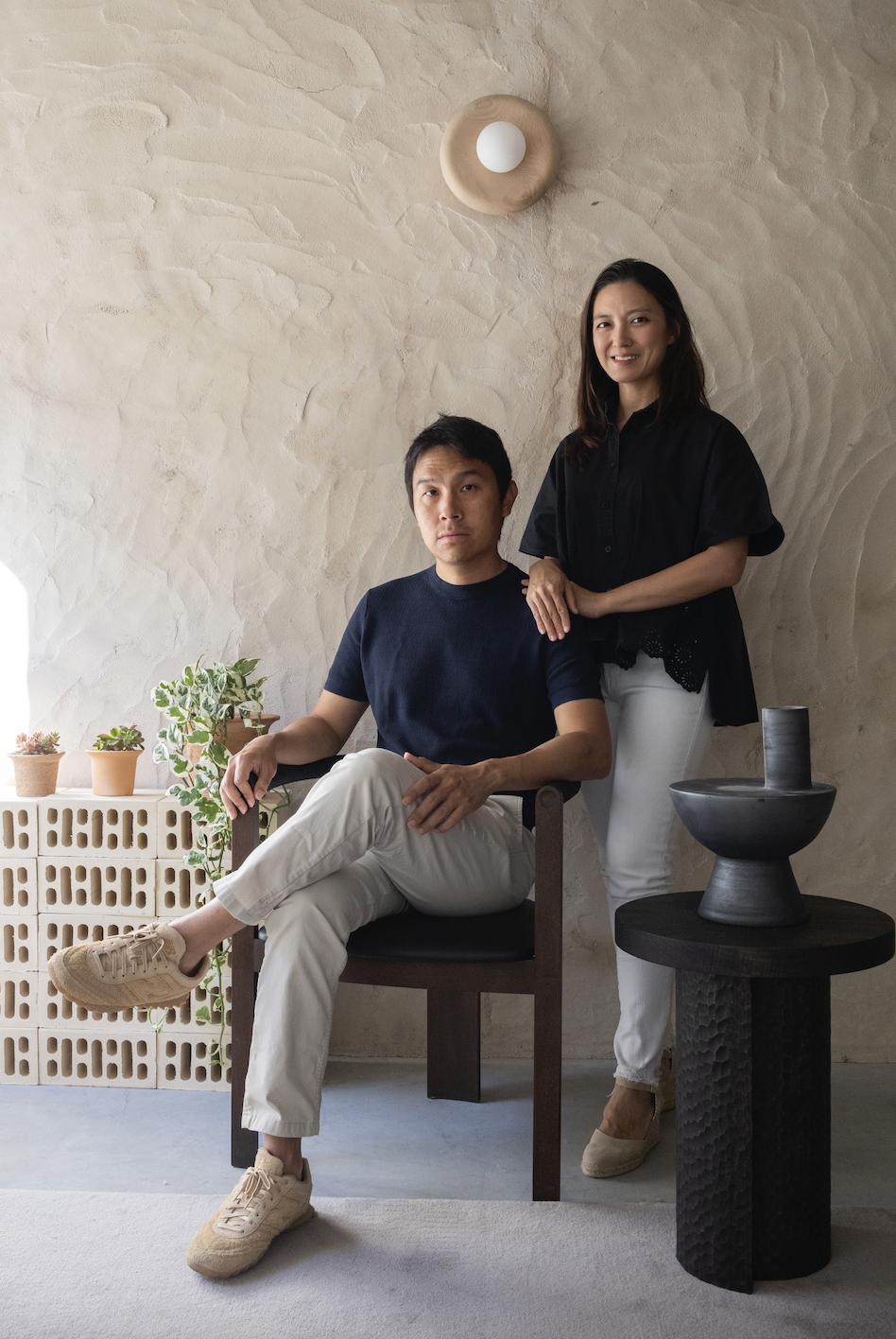
Being in the heart of Europe has opened up a world of opportunity for Tan that has been both invigorating and challenging.
“I am designing for companies of different countries and I get to learn more about other ways of life and how people from other countries see design and see their homes and their spaces and how people do business in different parts of the world,” he says. “Coming from Singapore, it can be very stifling because it is so small. It’s really such a joy to experience these different cultures through design collaborations.”
Moving away from family and friends was a leap of faith but it gave him the push he needed. For a designer whose work is all about comfort, he is not one taking the safe path and staying home.
“It’s a good business model for revenue but you are not going to leave a mark on design history, you are not going to touch the lives of that many people if you are working with regional brands,” he says. “I really wanted to work with the international brands that have the reach with customers worldwide and I think if I hadn’t moved I would not have had that clarity of mind and that focus to really go for it.”
Article originally published on Kanebridge News Australia